78. Immerse yourself in Dunedin's Orokonui Ecosanctuary


Orokonui Ecosanctuary (Image: Dunedin NZ).
In New Zealand’s indigenous language of te reo Māori, tiaki means ‘to care for people and place’, and the country’s invitation for travellers to take the ‘Tiaki Promise’ inspires visitors to ‘care for the land, sea and nature, treading lightly and leaving no trace’: here is No. 78 of our 101 Reasons To Stop Dreaming About New Zealand And Go.
Occupying 307 hectares of lush, dense cloud forest microclimate overlooking Blueskin Bay near the South Island/Te Waipounamu city of Dunedin/Ōtepoti, Orokonui Ecosanctuary is a leading biodiversity project with protection and preservation at its heart. Totally surrounded by a predator fence and with all pests removed, the eco-sanctuary is filled with a multitude of native plants and animal species, many of them classed as rare or endangered. The mission statement of this grand project is to create a thriving, self-sustaining ecosystem that is free of all introduced mammals – dreaded pests like rats, stouts and our very own possums – and filled with native species that are either endemic to this part of the country or appropriate to the Orokonui forest.
Within this space, visitors can immerse themselves in the beauty and tranquillity of nature, opting for self-guided exploration wandering the walking tracks laid out like ribbons that weave their way through the regenerating bush or book into one of the informative guided tours; opt to combine the Orokonui Highlights and Forest Explorer tours for a two-hour deep dive into the eco-sanctuary including its grassland, regenerating forest, and ancient forest. Whether striking out on your own or with a group, you will spot all manner of native birds and lizards along the way including takahē, kākā, tuatara Otago skinks, korimako, tūī and more.
Also factor in a visit to the Horopito Café for its inspired menu filled with local seasonal produce reflective of regenerative practices and eco credentials: minimising packaging, composting organic waste, using UV-treated rainwater, recycling wastewater, and utilising solar-heated hot water.

Orokonui Ecosanctuary Forrest (Image: Dunedin NZ).
Eco by design
Orokonui Ecosanctuary’s architecturally arresting visitor centre was designed by Dunedin-based Architectural Ecology to withstand the area’s extreme conditions (high winds, summer droughts, winter snow and ice) while having minimal impact on the landscape it sits on. Its low profile, colour and materials (local wood including some found on site, rimu wood recycled from a town hall nearby, plywood made from sustainably grown plantation trees and recycled shipping containers) allow it to blend into its surroundings. It also utilises solar power, collects rainwater for use within the building, and treats wastewater to reuse in irrigation. And the large windows that allow visitors to look out to the pristine wilderness are angled just so in order to reduce reflection and minimise bird strike.
Return to 101 Reasons To Stop Dreaming About New Zealand And Go
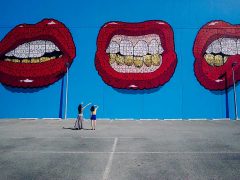
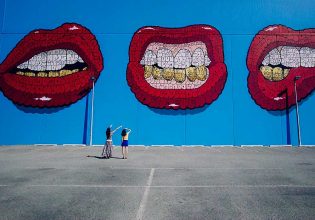
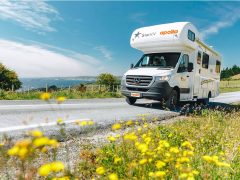
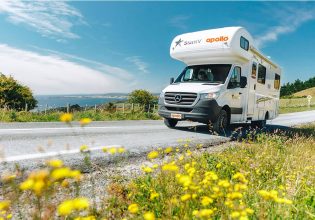


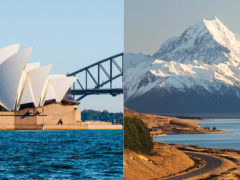
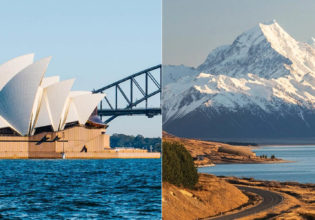
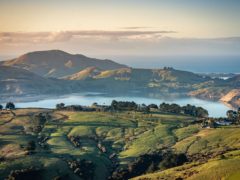
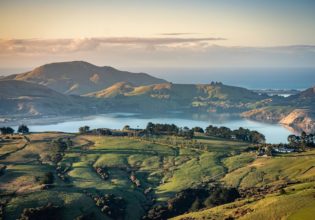
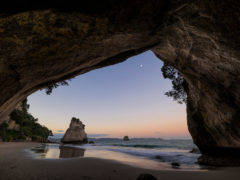
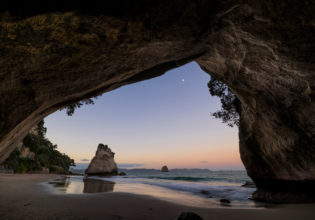

LEAVE YOUR COMMENT